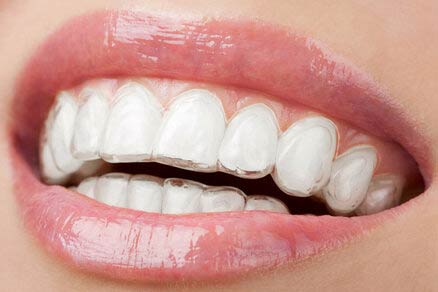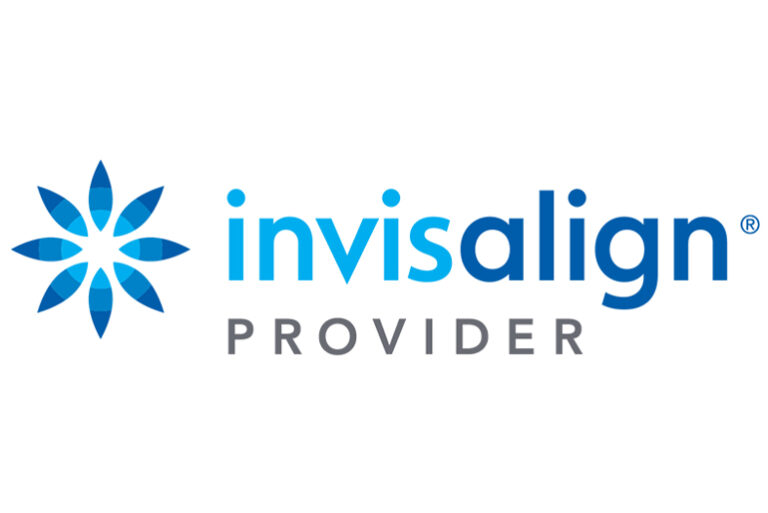Completing Invisalign treatment is a big milestone in your oral health journey, but the work doesn’t stop there. Once your teeth have been straightened, it’s just as important to follow a solid oral care routine to maintain those results. Without proper post-treatment care, teeth can gradually shift back to their original positions, undoing all your time, effort, and investment in Invisalign.
This guide will provide you with practical tips to maintain a healthy, aligned smile after your Invisalign treatment. From wearing retainers consistently to practicing good oral hygiene and keeping up with dental checkups, we’ll show you the best ways to preserve your beautiful new smile.

Wear Your Retainer Religiously
Once your Invisalign trays come off, your dentist will provide you with a retainer. Wearing the retainer as instructed is one of the most important steps you can take to maintain alignment. After months of treatment, your teeth need time to settle into their new positions, and the retainer helps hold them in place while your jawbone stabilizes.
Types of Retainers
There are two primary types of retainers:
- Removable Retainers – These are custom-made to fit your teeth and can be taken out for meals or brushing. Popular options include clear plastic retainers that resemble Invisalign aligners.
- Permanent Retainers – These are fixed retainers that a dentist bonds to the back of your teeth using wire. They are discreet and stay in place all the time.
Your dentist will recommend the best option for your needs based on your alignment and lifestyle.
How to Care for Your Retainer
- Always clean your retainer before and after wearing it. Use lukewarm water and a gentle, non-abrasive cleaner.
- Never expose your retainer to heat, as it can warp the material. Avoid leaving it on a sunny dashboard or rinsing it with hot water.
- Store your retainer in its case when not in use to prevent loss or damage.
Consistency is key. Skipping even a few days of wearing your retainer can cause noticeable shifting, so be diligent in following your dentist’s instructions.
Stick to a Solid Oral Hygiene Routine
Now that your teeth are properly aligned, maintaining excellent oral hygiene is essential for keeping your smile healthy and bright. Straight teeth may be easier to clean than crowded or crooked ones, but they still require regular care to prevent cavities, gum disease, and stains.
Daily Brushing and Flossing
- Brush twice a day using a soft-bristled toothbrush and fluoride toothpaste. Be sure to clean along the gumline and the surfaces of every tooth.
- Floss daily to remove food particles and plaque between teeth. Straightened teeth may have reduced tight spaces, but flossing is still vital for maintaining gum health.
If plaque builds up around your teeth and gums, it can cause inflammation, leading to gingivitis or more severe periodontal issues that compromise your results.
Use a Retainer-Friendly Cleaner
Certain cleaning agents can damage aligners or retainers over time. Opt for dentist-approved cleaners and oral rinses designed specifically for orthodontic appliances, which safely prevent bacteria buildup.
Schedule Regular Dental Checkups
Regular visits to your dentist are just as important after Invisalign treatment as they were before. Not only will your dentist evaluate your teeth for shifting, but they’ll also ensure your gums and enamel stay healthy.
What Happens During a Checkup
- Retainer Evaluation – Your dentist will inspect your retainer for wear and recommend a replacement if necessary.
- Monitoring Tooth Movement – X-rays and physical exams will determine if your teeth are shifting or if additional corrective measures are needed.
- Professional Cleanings – Even with excellent brushing habits, professional cleanings remove tartar that at-home care can’t address.
Try to schedule a dental exam every six months. You can also ask your dentist about additional preventive care options like sealants or fluoride treatments to fortify your enamel.
Avoid Bad Habits That Could Harm Your Smile
Certain habits can jeopardize your straightened teeth and overall oral health, so it’s important to identify and avoid these risks.
Teeth Grinding (Bruxism)
Bruxism is a common issue where people unconsciously clench or grind their teeth, often during sleep. This can put excessive pressure on your teeth, potentially causing them to shift or damaging your aligners or retainers.
Ways to prevent grinding include wearing a custom nightguard, reducing stress, and avoiding stimulants like caffeine before bed.
Chewing Hard Objects
Biting into ice, pens, or other hard objects can chip teeth or damage retainers. Be mindful of these habits, especially with straightened teeth, as sudden fractures can shift alignment quickly.
Neglecting Retainers
Failing to clean or wear your retainer as instructed can lead to poor oral hygiene, causing bacteria buildup or teeth shifting. Treat your retainer as part of your routine oral care without exception.
Watch What You Eat
Although Invisalign aligners come off, maintaining a tooth-friendly diet is vital for post-treatment care. Sugary, acidic, or overly sticky foods can harm both your teeth and your dental appliances.
Tooth-Friendly Foods
- Calcium-Rich Options – Dairy products, leafy greens, and almonds help strengthen enamel and support jawbone health.
- Crunchy Produce – Apples, carrots, and celery can naturally clean your teeth while stimulating saliva to reduce plaque buildup.
- Hydrating Drinks – Water is always your best choice to rinse away food debris and bacteria throughout the day.
Foods to Limit
- Sugary sodas, candy, and baked goods can increase cavity risk.
- Highly sticky snacks like caramel or gummies may adhere to teeth and aligners.
- Acidic beverages like energy drinks and citrus juices should be consumed in moderation since they can erode enamel.
Sticking to a balanced diet supports not only your oral health but your overall well-being, making it easier to maintain your smile for a lifetime.
Practice Good Posture
You may not realize this, but your posture can influence the alignment of your teeth over time. Poor head and neck posture can put undue strain on your jaw, potentially leading to bite issues or teeth shifting.
Posture Tips
- Keep your chin parallel to the floor when sitting or standing.
- Avoid hunching over devices for long periods.
- Ensure your pillow supports your neck properly while sleeping.
Small adjustments to posture can make a significant difference in maintaining facial symmetry and the alignment of your teeth.
Consider Whitening for a Finishing Touch
After Invisalign, many patients want to celebrate their newly aligned smile with teeth whitening. Whitening treatments can enhance your results by removing surface stains and brightening your smile to its fullest potential.
Types of Whitening
- At-Home Whitening Trays – Custom-fitted trays provided by your dentist allow you to whiten at home gradually.
- Professional Whitening Services – These in-office treatments provide quicker, more dramatic results.
Discuss whitening options with your dentist to find the best choice that suits your needs and timeline.
Schedule Your Invisalign Consultation Today!
Caring for your teeth after Invisalign requires commitment, but the rewards are well worth it. By wearing your retainer, practicing good oral hygiene, keeping up with dental appointments, and making healthy lifestyle choices, you can preserve your smile for years to come.
Remember, your dentist is your best ally in maintaining oral health and preventing relapse, so don’t hesitate to reach out for tailored advice or support. With consistency and care, your beautiful new smile can be a lifelong asset.



